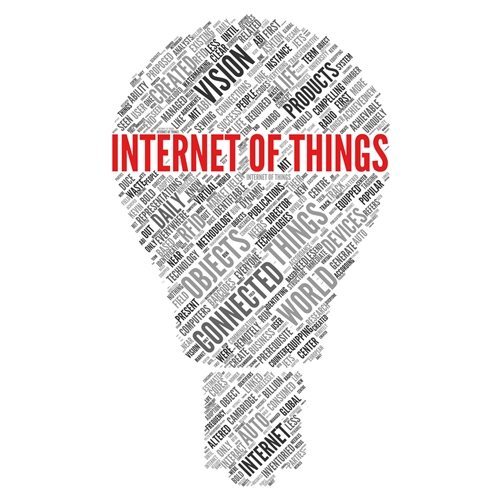Cloud computing, big data, enterprise mobility and the Internet of Things have likely been the hottest trends in corporate IT management throughout the past year or more, as companies have worked to modernize their systems. Businesses have had to take these trends in stride, working to swiftly implement the most advanced and beneficial technologies and strategies available without falling too far behind the curve over time.
This can be an exceptionally difficult task, especially if the firm started to drag its feet several years ago when these trends first started making their way into the public and private sectors. However, there are several ways in which companies can catch back up to the evolution of technology, and many of them relate to the use of automation software for various business processes and workflow.
When IT personnel, other employees, managers and even decision-makers are bogged down with monotonous and repetitive tasks every day, they will be less likely to have the time to put more thought into strategic matters and long-term adjustments to policies. Automation tools can free these individuals up by significantly reducing the amount of time and resources it takes to complete necessary responsibilities such as invoicing, enterprise resource planning, data capture and expense report tracking.
This type of approach has become increasingly required for a variety of reasons, including employee engagement, productivity and overall operational efficiency, while strategic oversight and deployments are also important to consider when running a cost analysis for the relevant investments. With automation solutions in place, businesses can often get the most out of their technological frameworks and enjoy higher returns on investments than ever before.
IoT's implications
Automation World recently reported that many companies have started to confuse IoT with machine-to-machine, but these are highly different trends in corporate computing, sharing only one similarity, which is the remote access to networks and systems among various devices. In fact, the source pointed out that while this is a shared aspect of each movement, the ways in which the devices connect to one another, the Internet and corporate infrastructure are varied as well.
For example, the main driving point in IoT is finding ways to comprehensively integrate the various devices, data and applications at work, while the M2M trend is more reliant upon machines being able to reach information storage environments and very little else. According to the news provider, this distinction is important to keep in mind in some of the industries that are more involved in each trend, including manufacturing, and that decision-makers must understand the management demands of each.
Now M2M, despite being popular for a longer period of time, is still not as common as IoT when looking at the breadth of sectors and regions being impacted. Automation World stated that IoT has significant advantages and is almost entirely unavoidable, but that companies must take more proactive approaches to establishing strategies that will smooth out the use of Internet-connected devices among employees and customers.
When integration efforts fail or are simply not prevalent in a corporate strategy, the chances to automate certain processes – most importantly content management given the massive volume of data that will be generated by these deployments – will begin to decrease. This is another reason why getting the ball rolling on automation tool implementation before major trends begin to challenge the management framework is critical, especially for long-term performance improvements.
Finally, the news provider stated that organizations can often get the most out of the software and devices included in both M2M and IoT arenas by customizing the oversight structure to the specific demands, objectives and values of the business itself.
Fueling growth in automation
It has not been a secret that IoT, big data and other major trends in corporate computing have positively impacted the demand for automation software, especially as the sheer volume and diversity of functions continue to grow. In fact, a study released earlier this month by WinterGreen Research, titled Business Process Management Cloud, Mobile and Patterns, revealed that the market for these solutions is set to hit $10 billion in annual revenue by the end of this decade.
The authors of the study stated that automation software has reached a level of maturity that enables highly customized deployments and drives the financial benefits of each individual investment.
"BPM is evolving cloud SaaS for business applications to accomplish work," lead author Susan Eustis explained. "The opportunity to implement apps that make automated process more responsive to the needs of customers, partners, suppliers and distributors, people use business process management (BPM) as the need for automation tools to help workers is upon all of us."
Business leaders must ensure that they are taking targeted, comprehensive and well-planned steps toward automation deployments to enjoy the process improvements that should accompany the investments.






